Please choose between granite seam locations
jaynes123_gw
9 years ago
Related Stories
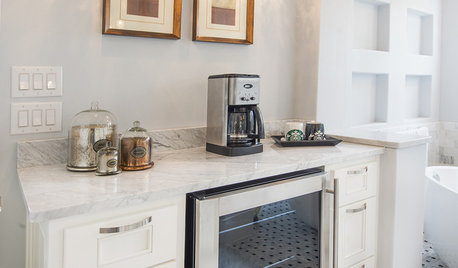
BATHROOM DESIGNUpload of the Day: A Mini Fridge in the Master Bathroom? Yes, Please!
Talk about convenience. Better yet, get it yourself after being inspired by this Texas bath
Full Story
HOME OFFICESQuiet, Please! How to Cut Noise Pollution at Home
Leaf blowers, trucks or noisy neighbors driving you berserk? These sound-reduction strategies can help you hush things up
Full Story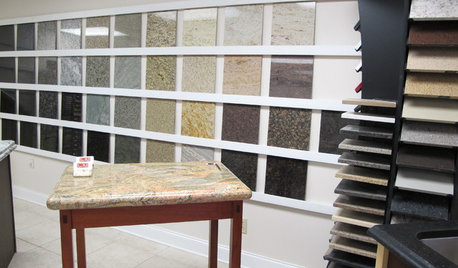
KITCHEN COUNTERTOPSWalk Through a Granite Countertop Installation — Showroom to Finish
Learn exactly what to expect during a granite installation and how to maximize your investment
Full Story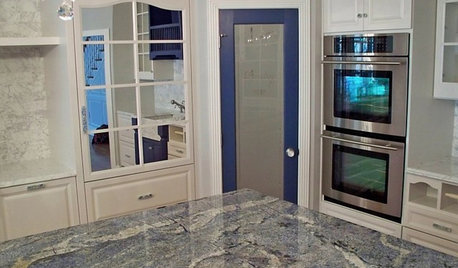
KITCHEN COUNTERTOPSKitchen Counters: Granite, Still a Go-to Surface Choice
Every slab of this natural stone is one of a kind — but there are things to watch for while you're admiring its unique beauty
Full Story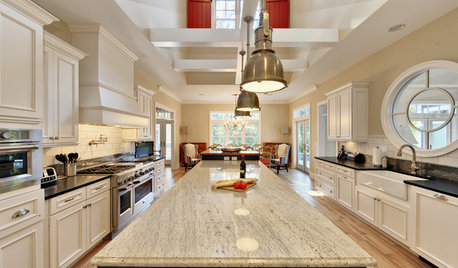
KITCHEN COUNTERTOPSKitchen Countertops: Granite for Incredible Longevity
This natural stone has been around for thousands of years, and it comes in myriad color options to match any kitchen
Full Story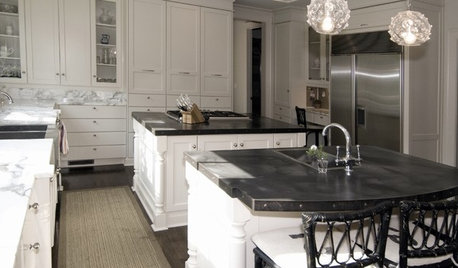
KITCHEN COUNTERTOPSKitchen Countertop Materials: 5 More Great Alternatives to Granite
Get a delightfully different look for your kitchen counters with lesser-known materials for a wide range of budgets
Full Story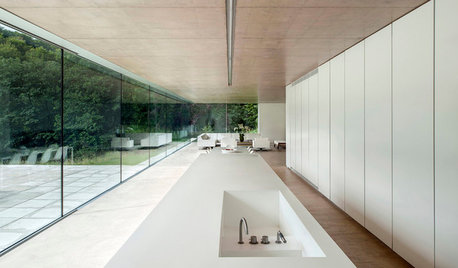
KITCHEN ISLANDSWhat to Consider With an Extra-Long Kitchen Island
More prep, seating and storage space? Check. But you’ll need to factor in traffic flow, seams and more when designing a long island
Full Story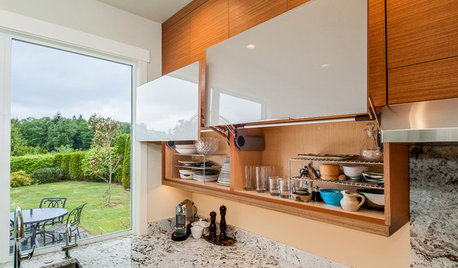
KITCHEN OF THE WEEKKitchen of the Week: Storage and Style Galore
White granite counters add modern style, while things like hidden drawers for pan lids create smart storage
Full Story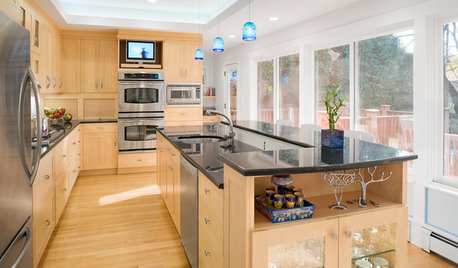
UNIVERSAL DESIGNHow to Light a Kitchen for Older Eyes and Better Beauty
Include the right kinds of light in your kitchen's universal design plan to make it more workable and visually pleasing for all
Full Story






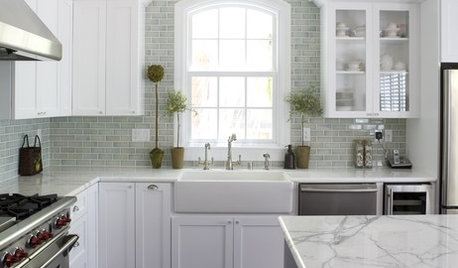

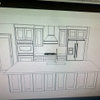
badgergal
jaynes123_gwOriginal Author
Related Professionals
Clute Kitchen & Bathroom Designers · Highland Park Kitchen & Bathroom Designers · Oneida Kitchen & Bathroom Designers · Ridgefield Kitchen & Bathroom Designers · Soledad Kitchen & Bathroom Designers · Beach Park Kitchen & Bathroom Remodelers · Cloverly Kitchen & Bathroom Remodelers · 20781 Kitchen & Bathroom Remodelers · Bellevue Kitchen & Bathroom Remodelers · League City Kitchen & Bathroom Remodelers · Payson Kitchen & Bathroom Remodelers · Placerville Kitchen & Bathroom Remodelers · Fairmont Kitchen & Bathroom Remodelers · Avocado Heights Cabinets & Cabinetry · Eastchester Tile and Stone ContractorsTexas_Gem
Joseph Corlett, LLC
jaynes123_gwOriginal Author
User
badgergal
Texas_Gem
shannonplus2
jaynes123_gwOriginal Author
Gracie
User
PurpleEyes_GW
Joseph Corlett, LLC